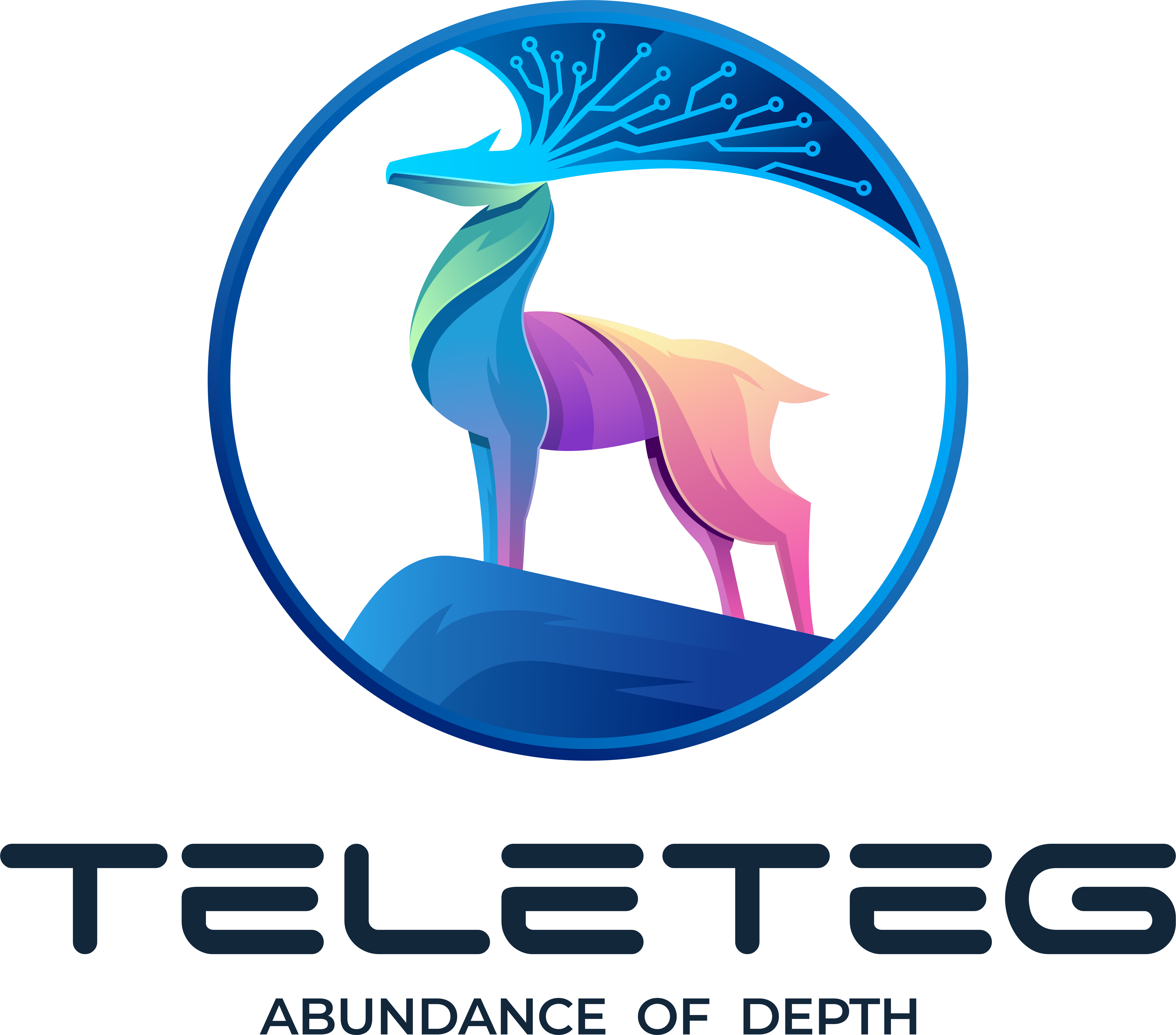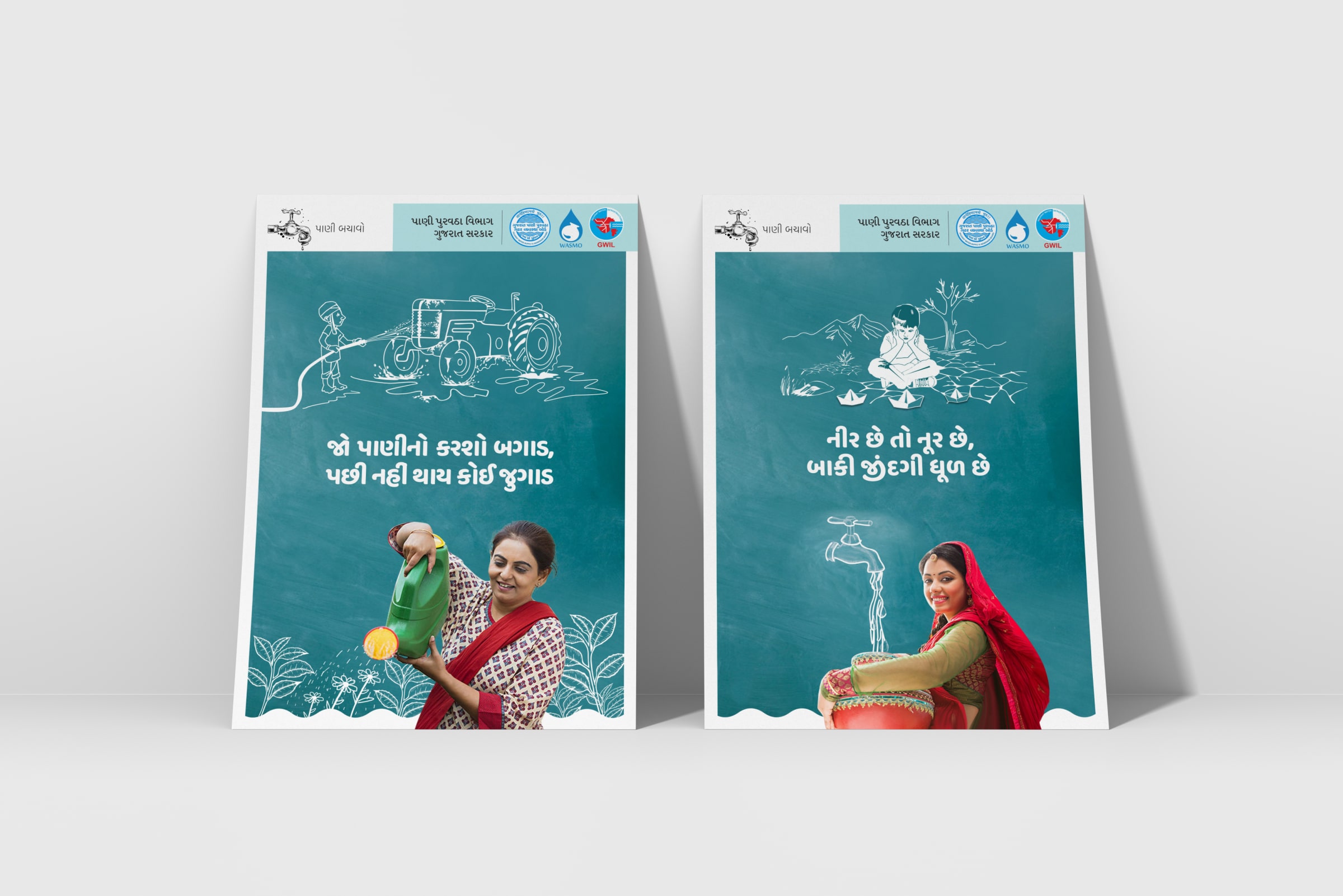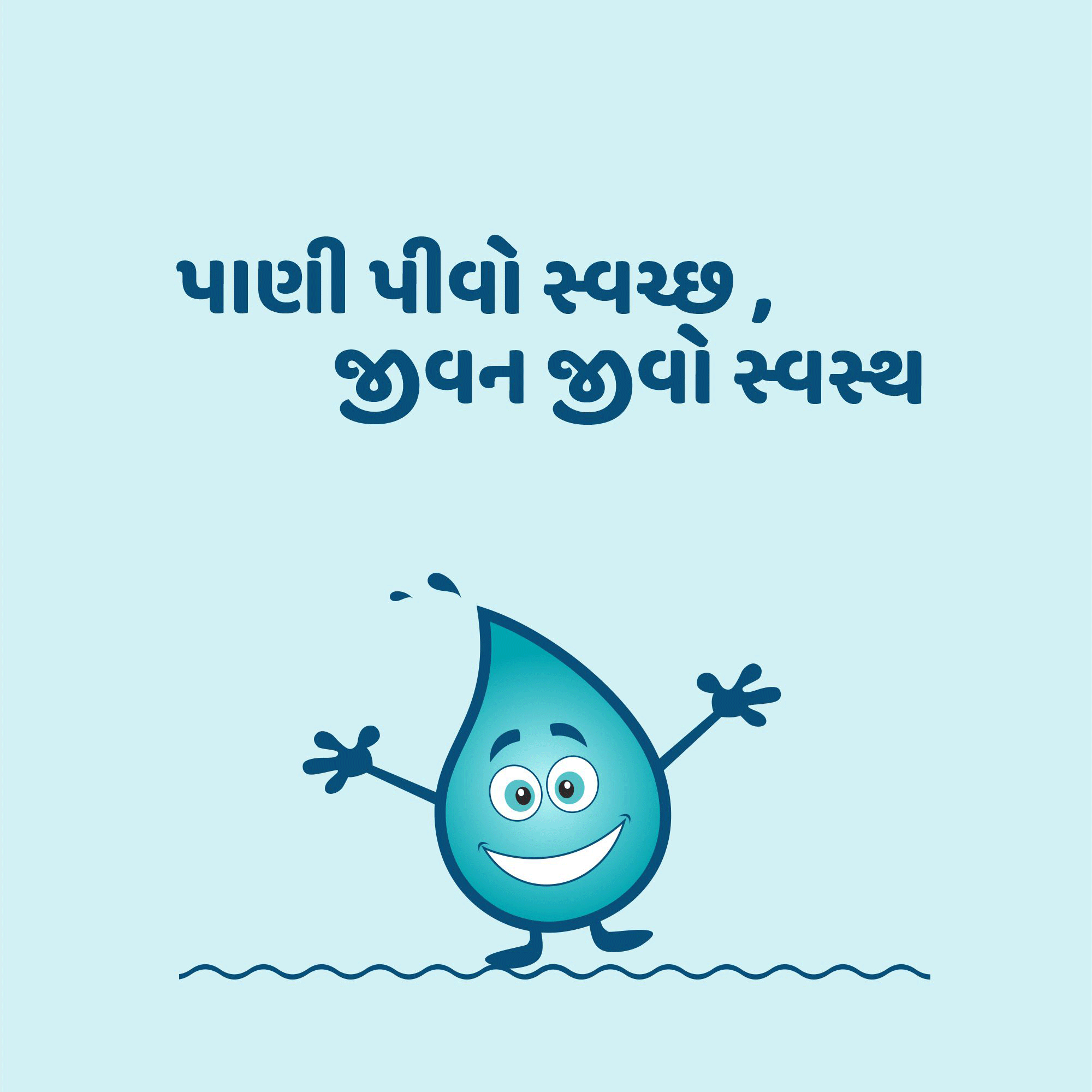Wasmo Channel 2022: Exploring Online Somali Content Trends
Back in 2022, a particular kind of online content really got people talking, especially within Somali communities. We are, of course, referring to the buzz around what many called "wasmo channel 2022." This wasn't just about one specific channel, but more about a whole collection of digital spaces where people shared and talked about Somali videos and cultural expressions. It really shows how people connect and share things online, doesn't it?
For many, these channels became a way to connect with others who shared similar interests. You might find links to various channels that were, in a way, dedicated to this kind of content. These places acted as spots for discussion, for sharing different videos, and for people to just be together in a digital sense. It's a bit like a community meeting place, but online, and that's pretty interesting.
So, if you were looking into Somali content back then, you probably heard something about these channels. Whether someone was keen on music, or perhaps comedy, or just wanted to stay up-to-date with what was happening, these channels seemed to pop up quite a bit. They truly represent a moment in time for online Somali sharing, and, in some respects, they reflect broader trends in how digital platforms shape cultural conversations.
- Khatrimaza Movies Download
- 9x Movies Download Hub
- Mark Singer Gorilla Glue Passed Away
- Erome Aishah
- Komi Gagnon
Table of Contents
- Understanding the "Wasmo Channel 2022" Phenomenon
- Connecting Through Content: Somali Online Spaces
- The Broader Influence of Somali Digital Content
- Frequently Asked Questions About Wasmo Channels in 2022
Understanding the "Wasmo Channel 2022" Phenomenon
The term "wasmo channel 2022" really points to a specific period when certain types of Somali content gained a lot of attention online. It's not just a simple phrase; it describes a whole digital movement, you know, particularly noted around that year. This particular kind of content, often called "wasmo somali content," became quite a prominent category, almost a big part of the online chatter for many.
When we look at what this phenomenon involved, it seems to have been a mix of things. There were channels referencing many members, like one with 34.1k members, and even 'qolka wasmo somali' with a really big group of 49.2k members. Another one, 'somali wasmo 2022,' was smaller, with about 300 members, but still part of this larger picture. This data, frankly, shows a pretty significant reach and scope for these online communities.
The sheer number of people involved tells us a lot about how these channels served as gathering places. They offered a way for people to connect, to talk, and to share things that mattered to them. It's interesting to consider how these digital spaces, in a way, mirrored real-world community gatherings, but on a much larger, more spread-out scale, which is quite fascinating to think about.
What People Looked For
People who sought out these channels in 2022 were often looking for very specific kinds of content. The provided information points to things like "wasmo niiko live ah," and even mentions names like "wasmo hodan cabdiraxmaan" or "wasmo dumarka uurka leh." There was also a strong interest in "wasmo 2021 somali niiko," showing a continuation of past trends, and, as a matter of fact, a desire for fresh material.
Beyond these specific mentions, the broader appeal included watching "somali girls," "somali hijab," and even "somali weddings." This really paints a picture of a wide range of cultural and social content that people were interested in seeing and sharing. It suggests that these channels were, in some respects, a source for a variety of Somali life experiences presented digitally.
The content wasn't just about static videos either. There were mentions of "wasmo live ah wasmo somali mcn 2022" and "wasmo live ah wasmo waali ah wasmo somali macaan new 2022." This indicates a desire for real-time or very current content, showing how quickly trends could move online. It's pretty clear that freshness was a key draw for many, and that, too, played a part in their popularity.
The Rise of Telegram Channels
Telegram, as a platform, played a really big part in the rise of "wasmo channel 2022" content. Known for its strong group chat options and its ability to broadcast messages to many people at once, it became a central spot for all sorts of communities. For Somali content, it turned into a main hub for various discussions and shares, which is quite something.
The information mentions specific Telegram contacts, like "@wasmosomali3 somali nuda wasmo," which shows how direct connections were made. These channels weren't just for viewing; they were platforms for discussion, as the text says. So, it wasn't just passive consumption; it was interactive, allowing people to connect with others who shared their interests and knowledge, and that's very important for community building.
The rise of these Somali channels on Telegram, in a way, shows a complex mix of cultural sharing, new ways of using technology, and how communities build themselves online. It's not just about the content itself, but about the digital spaces where people come together. This kind of platform offers a certain freedom and ease of sharing that perhaps other places don't, making it a very appealing choice for these groups, you know.
Connecting Through Content: Somali Online Spaces
The phenomenon of "wasmo channel 2022" really highlights how digital spaces become important for cultural sharing and building communities. These channels, whether on Telegram or other platforms, allowed people to share parts of their culture, like music and traditions, with a wider audience. It's a pretty powerful way for people to stay connected and express themselves, actually.
The text mentions "enjoy the best compilation of somali wasmo videos featuring niiko, najmo abdi, faiza alifatuush, and more," suggesting a celebration of performers and cultural forms. This kind of sharing goes beyond just entertainment; it's about identity and belonging. These online spaces, therefore, serve a much deeper purpose than just simple viewing, you might say.
It's interesting to see how these channels, like the "wasmo somali channel 2030" mentioned (though perhaps a future vision), are described as more than just TV channels. They are seen as a "movement that empowers the somali community by giving them a voice on the global stage." This suggests a strong sense of purpose and impact, far beyond just sharing videos, and that's truly significant.
Cultural Expression and Community Building
The online channels, particularly those active around 2022, became important avenues for Somali cultural expression. They allowed people to share and appreciate various forms of art and performance, like "niiko," which is a traditional dance. This sharing helps keep cultural traditions alive and introduces them to new people, which is pretty cool.
These platforms weren't just for watching; they were also for interacting. People could connect with others who shared their interests, forming a sense of community. This is really about people finding their tribe online, a place where they feel understood and can share their passions. It's a very human need, to be honest, to belong and to connect with others.
The rise of these channels shows how technology can help build and strengthen communities, even across long distances. It allows for a collective voice and a shared space for cultural identity to flourish. This aspect of community building through shared content is, in a way, one of the most compelling parts of this whole digital trend.
TikTok's Role in Sharing
TikTok, the popular short-video platform, also played a part in the spread of content related to "wasmo channel 2022." The provided information mentions TikTok videos, like one from "fatush (@fatushhanshi)," exploring "the latest somali wasmo videos on this dedicated channel." This shows how different platforms connect and influence each other.
Another TikTok video from "niiko (@niikoshow)" features hashtags like "#somali #somalitiktok #somaligirls #niiko #siigo." This indicates that TikTok was a place where shorter, more digestible pieces of content were shared, reaching a different, perhaps younger, audience. It's pretty clear that the platform's short-form nature made it ideal for quick shares and trends, you know.
The presence of "wasmo | 18k posts watch the latest videos about #wasmo on tiktok" further confirms TikTok's role as a significant platform for this type of content. It shows that the discussions and shares weren't limited to just Telegram; they spread across various social media sites, reaching a wider audience and, in a way, amplifying the overall phenomenon.
The Broader Influence of Somali Digital Content
The impact of Somali digital content, including what was seen on "wasmo channel 2022," goes much further than just entertainment. It has become a significant way for Somali culture to reach people all over the world. This kind of global reach is pretty remarkable, especially for communities that might not always have a big voice on traditional media platforms.
These channels, and the content shared on them, have, in a way, helped introduce Somali music and culture to audiences who might not have known much about it before. This means they've acted as a sort of global ambassador, bringing new sounds and ideas to people everywhere. It's a powerful example of how digital spaces can break down geographical barriers, and that's truly something to consider.
The ongoing relevance of these trends means that understanding them is important for anyone interested in online communities and cultural sharing. It’s not just about what happened in 2022; it’s about how these patterns continue to shape digital interactions today. So, keeping up with these shifts is quite valuable, you might say.
Beyond Borders: A Global Voice
The influence of "wasmo somali" content, as seen around 2022, definitely reached beyond the borders of Somalia. It became a way for the culture to be seen and heard by people in many different countries. This global presence is a big deal, allowing for a wider appreciation of Somali traditions and modern expressions, which is pretty amazing.
These online platforms gave the Somali community a voice on a global stage, as mentioned in the text about "wasmo somali channel 2030." This means they were able to share their stories, their music, and their perspectives with a much larger audience. It's a clear example of how digital tools can empower communities and help them connect with the world, truly.
The ability to introduce audiences to "sounds and" cultural nuances is a testament to the power of these digital spaces. They act as cultural bridges, allowing people from different backgrounds to experience and learn about Somali culture. This kind of cross-cultural exchange is, in a way, one of the most positive outcomes of these online trends.
Staying Informed About Online Trends
Keeping up with online trends, like the "wasmo channel 2022" phenomenon, helps us understand how people connect and share in the digital world. It's not just about what's popular; it's about seeing the bigger picture of how communities use technology. So, staying informed about these shifts is pretty important for anyone interested in digital culture.
Understanding these trends also helps us see how different platforms, like Telegram and TikTok, serve different purposes for various communities. Each platform has its own way of facilitating connections and content sharing, and recognizing these differences is quite useful. It's a bit like learning the different languages of the internet, you know.
For those who want to explore more about online communities and their dynamics, there's always more to learn. You can learn more about online community dynamics on our site, and perhaps even link to this page for further reading. Staying curious about these digital movements is a good way to keep your finger on the pulse of what's happening online.
Frequently Asked Questions About Wasmo Channels in 2022
People often have questions about online trends, especially those that gained a lot of attention, like the "wasmo channel 2022" phenomenon. Here are some common inquiries that might come up when discussing this topic, providing a bit more clarity on what it all meant for users back then.
What exactly was "wasmo channel 2022" all about?
Basically, "wasmo channel 2022" refers to a group of online channels, mostly on Telegram, that became quite popular in 2022 for sharing various types of Somali content. This included things like "niiko" videos, cultural performances, and other forms of digital expression. It was, in a way, a significant online trend for Somali communities at that time, bringing people together through shared media.
Why did these channels become so popular on Telegram?
Telegram became a key platform because of its strong features for group chats and broadcasting messages to many people. This made it really easy for creators to share content widely and for people to connect with others who had similar interests. It offered a straightforward way for communities to form and share, which is quite appealing for many users, you know.
Did these channels have a wider impact beyond just entertainment?
Yes, absolutely. These channels did more than just entertain. They became a way for Somali culture to reach a global audience, acting as a kind of ambassador for Somali music and traditions. They also helped empower the Somali community by giving them a voice and a platform to share their cultural expressions on a broader stage, which is pretty powerful.
Understanding the "wasmo channel 2022" phenomenon really helps us grasp how online communities evolve and how digital platforms shape cultural sharing. It shows how people come together, express themselves, and connect over shared interests in the vast online world. Keeping an eye on these kinds of trends helps us appreciate the ever-changing ways we interact and share, and that's pretty valuable for everyone.

| Results

Wasmo - Trizone India

Wasmo - Trizone India